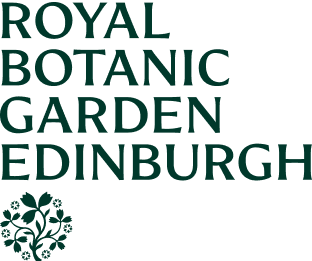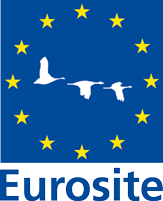What we do
BMD will create a centralised digital platform, referred to as a Single Access Point (SAP), for managers of natural resources and policymakers to support biodiversity conservation across Europe. The SAP will combine high-throughput biodiversity monitoring tools with AI taxon identification services, enabling faster, more accurate and more frequent data collection over larger areas and longer timeframes. BMD will also provide tools and guidelines to mobilise historical baseline data and species checklists. Furthermore, BMD will develop a data catalogue with biotic and abiotic spatial data that allows linking species distribution data to environmental conditions and to identify the drivers of change. Users will be able to explore harmonised biodiversity data that is currently scattered, hard to find, or known only to experts. With online projection and analysis tools that are co-designed with the stakeholder communities, the SAP will help assess species conservation status, track biodiversity trends, and predict the impact of changes on land, in freshwater, and at sea—from local landscapes to European scale.
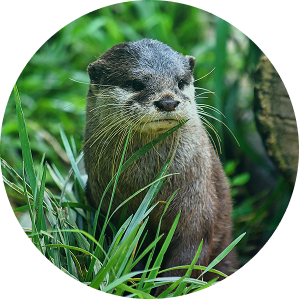
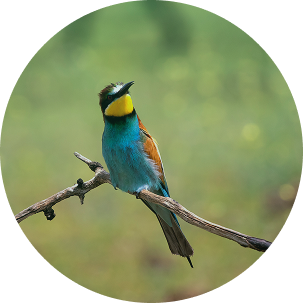
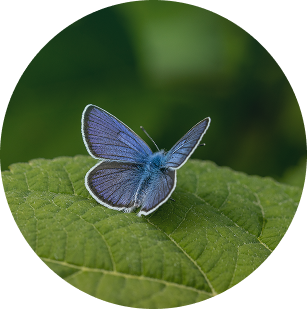
Objectives

- At least 100 camera-traps and 100 audio-devices deployed, operational and sharing data with FAIR data repositories (GBIF, OBIS, ENA, etc.)
- At least 100 eDNA samples taken, analysed and data shared with FAIR data repositories (GBIF, OBIS, ENA, etc.)

- At least 100 stakeholders have joined GBIF/OBIS/ENA as a data publisher
- At least 500 new datasets are mobilised and shared through FAIR data repositories (GBIF, OBIS, ENA, etc.)

- Data catalogue with all relevant biodiversity, environmental, climatic and remote sensing data resources, together with relevant metadata on data provenance, data policies, spatial and temporal extents, and data-specific parameters required for spatio-temporal harmonisation for the terrestrial, freshwater and marine realms delivered

- Pan-European data cubes for the terrestrial, freshwater and marine realms generated and available for web-GIS data consultation
- Data cubes are used for biodiversity assessments, biodiversity trend analyses and analyses of the predicted impacts of climate and land cover change in the terrestrial, freshwater and marine realms

- Co-designed VREs are delivered as defined with the stakeholder community

- The BMD SAP has a Graphical User Interface that is co-designed with the stakeholder community to ensure its functionality
- The BMD SAP provides access to high-throughput data harvesting tools and analyses for images, sounds and eDNA biodiversity monitoring; data publishing tools to mobilise historical baseline and legacy biodiversity datasets to FAIR biodiversity data repositories; a web-GIS data viewer with access to the data resources that are identified in the data catalogue; and the co-designed VREs for data processing and analyses and to support policy implementation and policy making.

- Training products for the informatics infrastructure and procedures to build a data catalogue of registered biodiversity and environmental dataset sources
- Training products for the plug-and-play informatics solutions required for capturing and processing biodiversity observation data
- Training products for the eDNA sampling and analysis
- Training products for data mobilisation to FAIR data repositories
- Training products for the mobilisation of legislative species lists to ChecklistBank
- Training products for the suite of thematic Virtual Research Environments
- Training products for the web-GIS data viewer
- Training products: for the Single Access Point (SAP) and its functionalities
Why we do it
The European Union (EU) has been working to protect nature for decades through the EU Nature Directives that are implemented in the Natura 2000 network now safeguarding over 18% of EU land and 9% of its marine territory. Yet, biodiversity is still in trouble, with only 50% of bird species and 15% of habitats in good conservation status. The main threats to biodiversity include land and sea use changes, direct exploitation, climate change, pollution, and invasive species.
To turn the tide, the EU’s Biodiversity Strategy for 2030 will enlarge existing Natura 2000 areas, implement the EU’s first-ever Nature Restoration Law, and introduce concrete measures to achieve global biodiversity targets. Success will depend on enhancing biodiversity monitoring, and making better use of existing data for decision-making, and gaining a clearer picture of how nature is changing under the aforementioned threats.



Achieving these targets requires

Monitoring
better monitoring of biodiversity by high-throughput methods in combination with AI taxon identification services

Integration
better usage of existing data and bridging of data gaps

Insight
more complete view of the state of nature and its evolution
The BMD project has 8 work packages that collectively deliver the data, tools and infrastructure to provide managers of Natura 2000 sites, natural resource managers, and policy makers with the infrastructure to scale up biodiversity monitoring and to ensure reproducible and FAIR results that are needed for informed management and policy decisions on Europe’s biodiversity.
Stakeholder/user engagement & user needs mapping


Royal Botanic Garden Edinburgh
WP1 ensures that our stakeholders are at the heart of the BMD project throughout its lifecycle. It uses in-person and online workshops and virtual consultation to embed the requirements of Natura 2000 site managers in the data harvesting, analytical capabilities and add user-oriented features of BMD's Single Access Point. It aims to provide stakeholders with powerful tools for biodiversity status assessment, trend analyses and future projections in marine, aquatic and terrestrial realms. Working with BMD's technical teams, it offers our stakeholders exciting opportunities to activate legacy datasets, and collect and analyse innovative data types using camera traps, eco-acoustics and eDNA.
Data Catalogue, Data Mobilisation and High-throughput Data Capture


SIB Swiss Institute of Bioinformatics
WP2 builds a catalogue of relevant biotic and abiotic spatial data that determines the distribution of species and drivers of biodiversity change, develops guidelines to mobilise historical baseline and legacy biodiversity datasets and species checklists to FAIR biodiversity data repositories (GBIF, OBIS, ENA), and provides access to ‘Plug-n-Play’ high-throughput biodiversity monitoring devices (image, sound, eDNA) with AI services for taxon identification. This will scale up biodiversity monitoring and ensure that data is standardised, licensed, and FAIR (Findable – Accessible – Interoperable – Reusable).
Data harmonisation in Space-Time-Taxonomy, Data gaps and biases


Meise Botanic Garden
WP3 ensures that all biodiversity and environmental data in WP2’s catalogue and the FAIR biodiversity data repositories are interoperable across space, time, and taxonomy. Mapping data gaps and biases is essential. Data generated by the high-throughput devices is taxonomically harmonised through mapping against the Catalogue of Life. Data requested via a VRE will be harmonised and delivered as multidimensional arrays or "data cubes" structured by time, geography, and taxonomy, enabling complex analysis and exploration of the data.
Biodiversity Data Space with computing and visualisation engine


Naturalis Biodiversity Center
WP4 develops the engine of BMD and is responsible for the core infrastructure that provides cloud computing, a data visualisation engine, and web-GIS viewer. The Biodiversity Data Space is being built using open architecture and open-source principles to support access, integration, and analysis of biodiversity and environmental data from diverse sources. The system will make harmonised, FAIR-compliant datasets available through a Single Access Point (SAP) and enable dynamic use in Virtual Research Environments (VREs). WP4 also ensures alignment with broader European initiatives, including the Green Deal Data Space and EOSC, enabling long-term reuse and policy-relevant reporting.
Thematic VREs & FAIR workflows


Helmholtz Centre for Environmental Research
WP5 develops and co-designs with its stakeholder communities the user-friendly analysis tools or Virtual Research Environments (VREs) to provide managers of natural resources and policymakers with tools for e.g. biodiversity assessments, trend analyses, identification and analysis of drivers of biodiversity change, in support of effective biodiversity management practises and in compliance with EU nature directives reporting requirements. The results and analyses will be FAIR and fully reproducible.
Single Access Point UX Design Front-end


e-Science European Infrastructure for Biodiversity and Ecosystem Research
WP6 builds the project Single Access Point (SAP) that will be the entry point to the ‘Plug-n-Play’ high-throughput biodiversity monitoring devices, the data catalogue, data mobilisation tools and guidelines (WP2), the VREs for the terrestrial, freshwater and marine realms (WP5), and the web-GIS viewer (WP4). All functionalities and the BMD Single Access Point interface will be (co-)designed with the close engagement of stakeholders in WP1, and developed and operated by the BMD consortium.
Communication, Dissemination & Training


Pensoft Publishers
WP7 maximises BMD’s impact by planning and implementing the communication, dissemination and exploitation of project results. WP7 also provides the training and capacity-building materials and workshops for the BMD SAP and all its tools to maximise uptake of its functionality. Besides providing the backbone to the project’s outreach and training activities, it supports stakeholder engagement (WP1) efforts by developing a recognisable project identity, branding, promotional materials and website.
Coordination, Management & Ethics


Naturalis Biodiversity Center
WP8 ensures the effective implementation of the BMD project work plan by meeting milestones, delivering high-quality outputs on time and within budget. It also facilitates two-way integration between BMD and other relevant EU biodiversity initiatives and infrastructures, while overseeing ethics compliance and promoting the long-term sustainability of project results.
External Expert Advisory Board

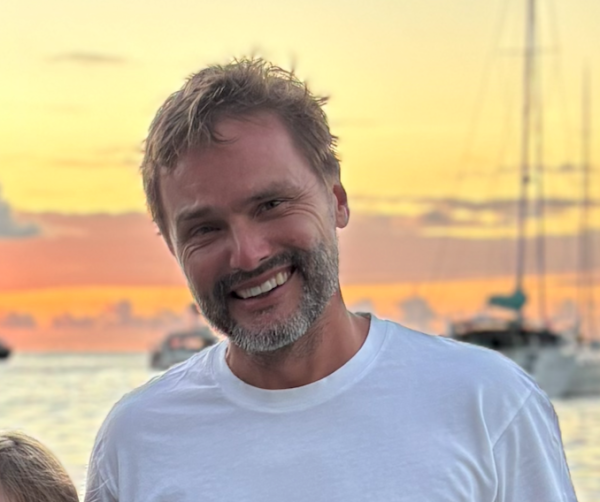
Tim Robertson has been involved in designing and operating the open data infrastructure of GBIF.org for nearly 20 years. He has been involved in data standards work – notably the Darwin Core – data repository software, and the large-scale integration of species occurrence data and systems providing open access.
He currently leads the GBIF informatics work programme and serves as the Deputy Director.
Interest in BMD: I'm particularly interested in data integration challenges arising from modern approaches to biodiversity monitoring.
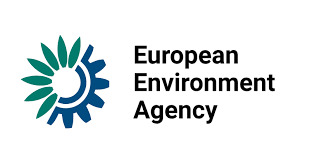
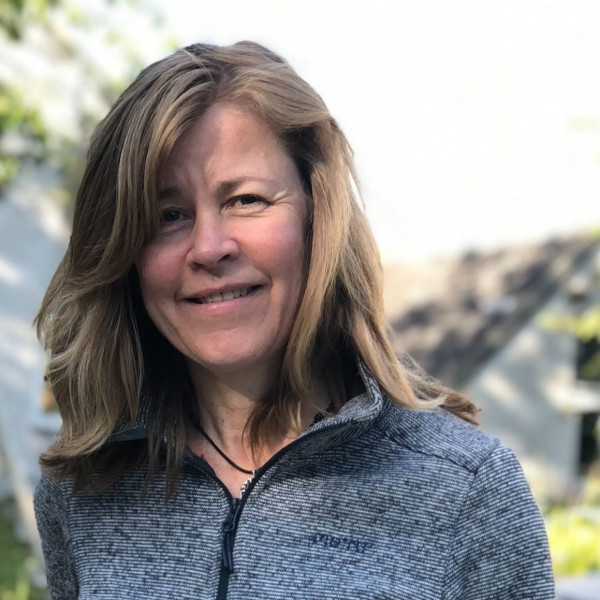
Mette Lund works with biodiversity data flows and integration at the European Environment Agency, with a focus on Natura 2000, the EU nature directives, nationally protected areas, and habitats and species of European concern. Her role involves managing the EUNIS database and contributing to the communication of biodiversity data products through the European Biodiversity Information System (BISE). She is a biologist by training, with a background in cross-taxon congruence patterns and site selection algorithms.
Interest in BMD: I am particularly interested in the Biodiversity Meets Data project due to its emphasis on mobilising data on species and habitat types, and on ensuring the traceability of historical taxonomic and typological concepts. This work is essential to inform and guide our ongoing efforts to protect and restore natural areas for the future.

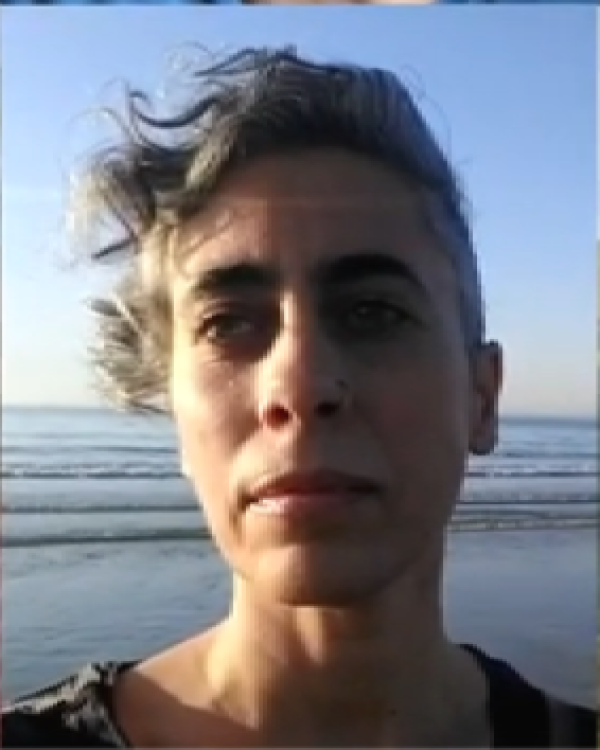
Joana Beja is a senior scientific data officer at the Flanders Marine Institute Data Centre, working with EMODnet as Biology coordinator and part of the Central Portal Technical team. With over 20 years in physical oceanography data management, she has coordinated national projects and contributed to international initiatives. Since 2019, her expertise has expanded to marine biology, including involvement in SOOS, OBIS/EurOBIS, and the USV for GOOS network. At VLIZ, Joana supports EMODnet Ingestion, Physics, and Seabed Habitats, linking these projects with the broader team. She has extensive field experience, participating in research cruises across the North Atlantic, Arctic, and Southern Ocean.
Interest in BMD: The invitation to join the BMD EEAB is very timely as it allows us to reinforce the connections we already had with wider biodiversity community and ensure that efforts are coordinated across the various initiatives. My contribution to the project will rely on the knowledge and expertise acquired as the coordinator for EMODnet Biology, the EU service for marine biodiversity in situ data.
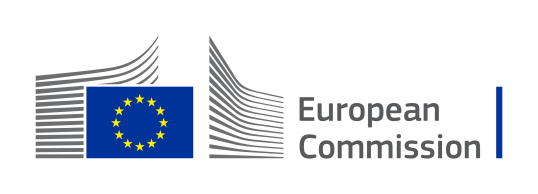
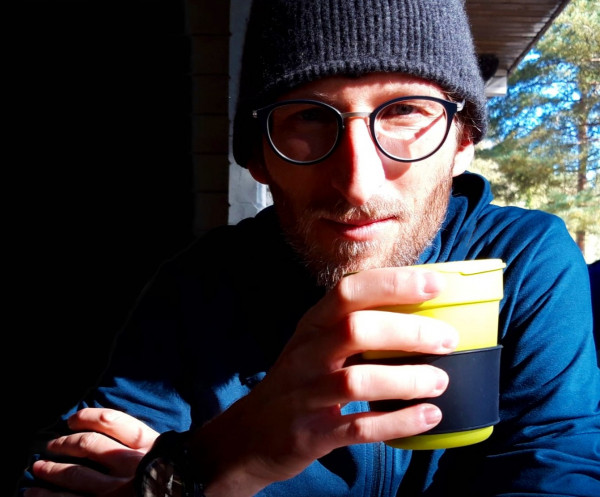
Giovanni Strona is a senior researcher at the European Commission's Joint Research Centre, where he works at the interface of ecology, computer science, and physics. Before taking on his current role, he was an associate professor of ecological data science at the University of Helsinki. He has published more than one hundred papers on macroecology and biodiversity, introducing new theories and methods. In recent years, his research has focused on advancing our understanding of the role of ecological interactions in the ongoing mass extinction, with a particular emphasis on quantifying the relative impact of co-extinctions on global biodiversity loss.
Interest in BMD: Because much of my work relies on biodiversity data, I am deeply interested in initiatives, such as BMD, that aim to make information more organised and accessible.
Naturalis Biodiversity Center
Visit websiteAbout
Naturalis Biodiversity Center (NATURALIS) has become a place where research and the public come together to discover and understand biodiversity. In the coming years, we aim to increase our impact. We want to reach further, not because growth is an end in itself, but because the biodiversity crisis demands it of us. Lack of knowledge of our biodiversity should never again be an argument for not effectively protecting our nature. Naturalis is better prepared than ever to play a significant role in this.
Members
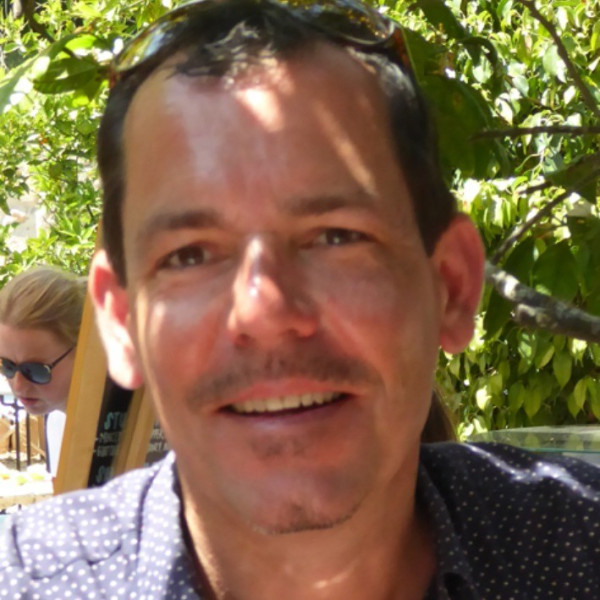
Niels is a Programme Manager Biodiversity Informatics at Naturalis. He holds an MSc in tropical ecology and taxonomy, and a PhD in biodiversity informatics and ecological modelling. As BMD coordinator, he brings all his skills to make biodiversity monitoring tools and analysis pipelines that contribute to the conservation and mainstreaming of biodiversity in Europe available to the wider landscape of stakeholder communities, including natural resource managers and policy makers.
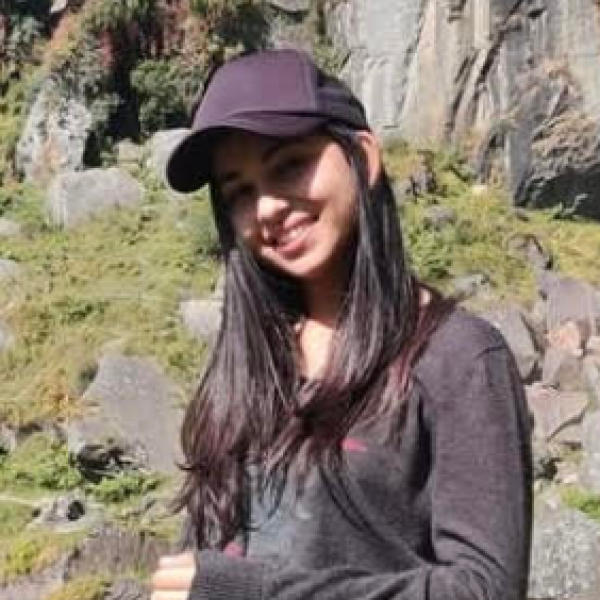
Ananta Tewari is a Project Administrator at Naturalis. She holds an MSc in Biomedical Sciences and Oncology. At Naturalis, she supports coordination and research management for the BMD project, helping deliver biodiversity monitoring tools and analyses to diverse stakeholder communities.

Sharif is a Data and Systems Architect at Naturalis, specialising in data architecture and system design with strong interests in sustainable research infrastructure design and operation, FAIR and open science. He holds a BSc in Math and Computer Science and a Ph.D in Sociology.
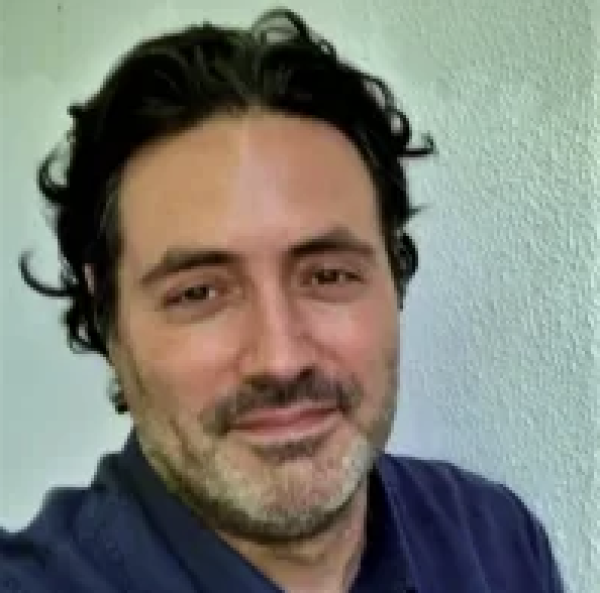
Jose Alonso is a Senior Communications Officer at Naturalis. He leads the communications of DiSSCo RI and the Biodiversity Genomics Europe project.

Ayco Holleman is a senior Java Developer at Naturalis.
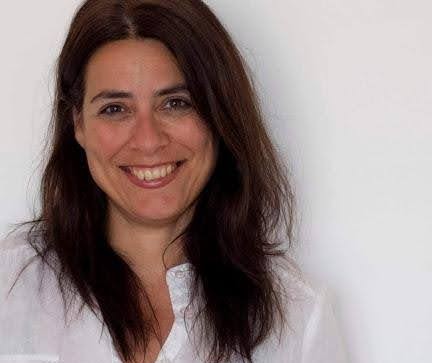
Eva is the DiSSCo Programme Leader at Naturalis and the Head of Governance of DiSSCo RI. She specialises in organisational, legal, and financial matters and is strongly interested in stakeholder engagement and impact assessment. She holds a degree in Biology, a degree in Law, and a Master's in Research Infrastructure Management.
Royal Botanic Garden Edinburgh
Visit websiteAbout
The Royal Botanic Garden Edinburgh (RBGE) is a European centre of expertise in plant and fungal biodiversity and conservation. Programmes of work include science, horticulture, education and public engagement on biodiversity, climate change and wider environmental science. RBGE research spans a range of activities from genomics, (including species discovery, diagnostics and eDNA biomonitoring), remote sensing, species and habitat ecology, through to social and practical aspects of habitat restoration in both urban and rural areas.
Members
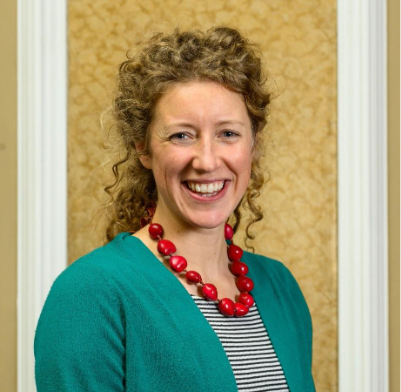
Emma co-leads the Nature-Based Solutions research group at RBGE. Emma’s research addresses fundamental challenges to human society through plant functional ecology, socio-ecological systems and nature-based solutions frameworks. Emma has a strong interest in knowledge exchange and is committed to participatory research design, with a special emphasis on under-served communities.
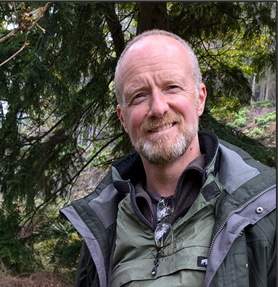
Chris is lead for Conservation Science in RBGE’s science division. His research is targeted to practical actions at habitat-scale, that can protect against biodiversity loss under global change. He works with stakeholders across sectors, from Government and its agencies, through to NGOs.

Pete’s research focuses on understanding and conserving plant biodiversity. He has a particular focus on using DNA and genomic science to study the natural world. Other interests include the science of species reintroductions, understanding pest and pathogen threats to the natural environment, and developing approaches for the conservation of genetic diversity. A cross-cutting strand to his work is translating scientific evidence into practical guidance.
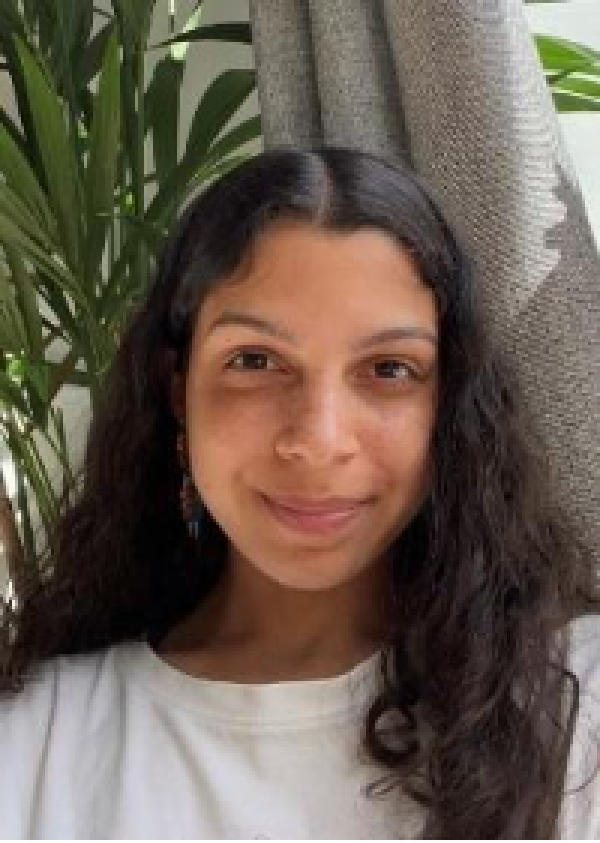
Tami is a Stakeholder Engagement Manager with a background in Environmental Social Science. Her work to date has focused on amplifying transformative change for sustainable, equitable systems and societies using qualitative and participatory social research methods. A key part of her work involves mobilising ethical dialogue practices to facilitate lasting participation in research and decision-making.
Meise Botanic Garden
Visit websiteAbout
Meise Botanic Garden (MeiseBG) in Belgium has a biodiversity informatics team that focuses on managing and disseminating information about plant and fungal biodiversity. The Biodiversity Informatics team at Meise Botanic Garden focuses on the digital management, analysis, and dissemination of biodiversity data. Their work supports research, conservation, and policy by developing data infrastructures, applying data science techniques, and maintaining platforms such as botanical databases and specimen records. They play a key role in national and international biodiversity initiatives, ensuring data interoperability and accessibility. The team combines expertise in biology, informatics, and taxonomy to enhance understanding of plant diversity.
Members

Quentin Groom is a biodiversity informatics expert at Meise Botanic Garden, where he leads and contributes to projects that integrate plant science, data management, and conservation policy. With a background in botany and ecology, his work focuses on mobilising and analysing biodiversity data to support research and decision-making, particularly in the areas of invasive species, conservation planning, and global data infrastructures. Quentin is also active in promoting open science, developing tools and standards that enhance data interoperability across institutions.
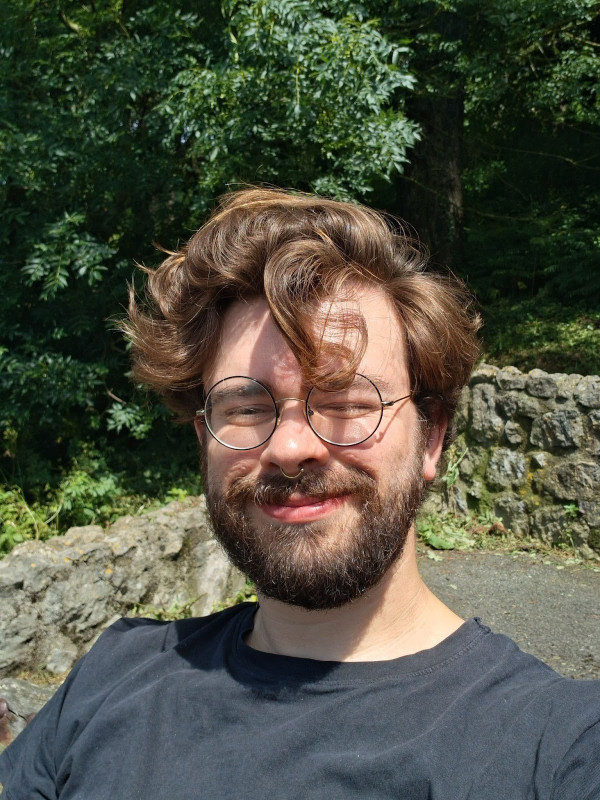
Niels Billiet is a computational chemist with a specialisation in machine learning, currently working at Meise Botanic Garden as part of the Biodiversity Informatics team. My work focuses on the development of a datacube engine designed to integrate biodiversity occurrence data with abiotic datasets such as remote sensing information. With a strong foundation in software development, I help build tools that enable efficient, scalable data harmonisation and analysis tools. My goal is to support research that leverages complex, multidimensional environmental data to advance biodiversity science.
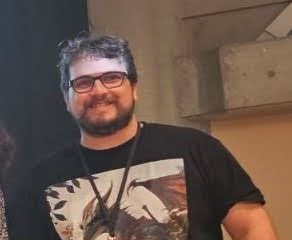
Within the Biodiversity Informatics team at Meise, Mathias Dillen focuses on digitisation, standardisation, and publication of biodiversity data, contributing to major European projects such as DiSSCo, BiCIKL, and TETTRiS, while also playing a key role in coordinating the data publication processes of Meise's digitised collections. Mathias has been active on tasks related to promoting semantic interoperability, applying computer vision to images of digitised specimens, biodiversity standards development and connecting to the linked open data ecosystem, in particular Wikidata. In the distant past, he was active in applied ecology, investigating the relationship between biodiversity and ecosystem functioning in forests.
Helmholtz Centre for Environmental Research
Visit websiteAbout
The Helmholtz Centre for Environmental Research (UFZ) has become a worldwide acknowledged centre of expertise in integrated and interdisciplinary environmental research and the development of sustainable land management strategies. UFZ has a strong focus on methodological advancements in the modelling and simulation of environmental systems, both in fundamental and applied research.
Members
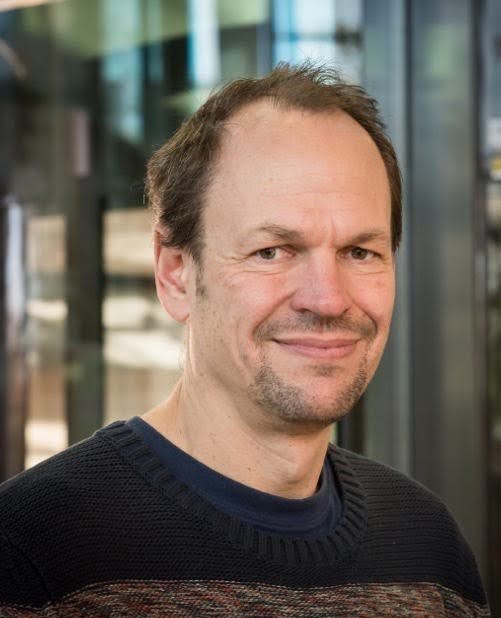
Ingolf Kühn has a background in vegetation science, macroecology and aims to understand the impacts of Global Change on the taxonomic and functional composition across scales. His work contributed methodologically to improving spatial modelling approaches. As the leader of UFZ’s Research Unit “Ecosystems of the Future”, he oversees a variety of research topics, combining long-term field observations, experiments, and models to sustain and improve the functioning of our ecosystems in the Anthropocene.
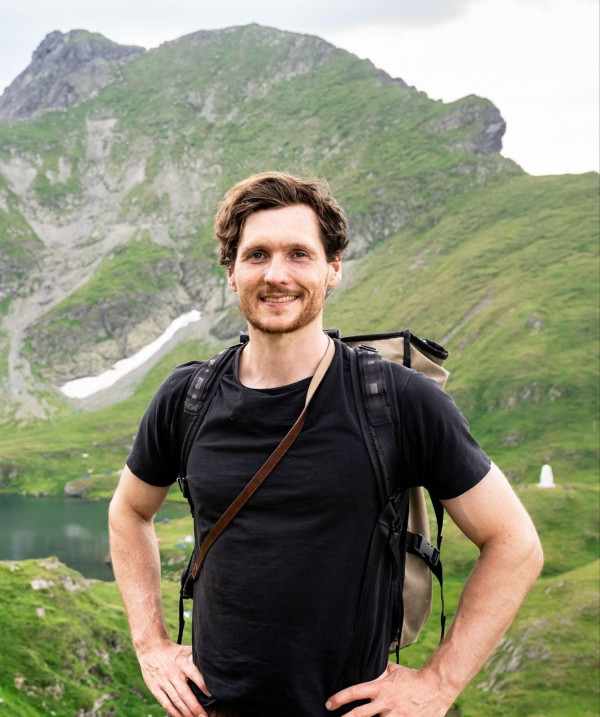
Julian Oeser is a spatial ecologist interested in understanding spatial biodiversity patterns and their dynamics under global change. He has a background in biogeography and remote sensing. Julian’s work has focused on improving species distribution modeling approaches at multiple scales, including fine-scale habitat models built with satellite image and animal tracking data, as well as macro-ecological models integrating multiple data sources. In addition to advancing modeling methods, he is interested in applying models to gain new insights in the domains of wildlife ecology, biogeography, and macroecology.
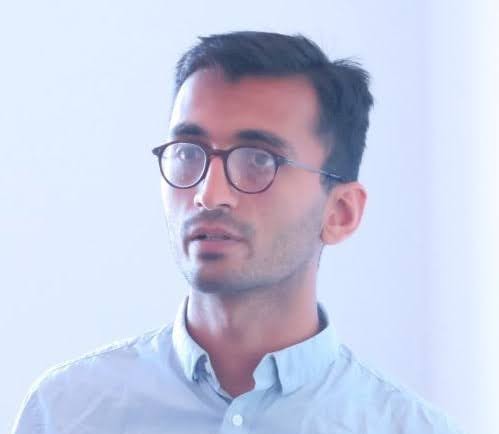
Taimur is an Earth System Data Scientist and Remote Sensing specialist focusing on vegetation and biodiversity dynamics. His work lies at the intersection of earth science, remote sensing, and scalable computing, where he develops high-performance workflows and data infrastructures to process and integrate satellite, drone, and ground-based observations. With expertise in deep learning, sensor fusion, and geospatial analytics, he builds tools and systems that enable automated, data-driven insights into ecological processes. As a licensed UAV pilot, he combines large-scale monitoring with fine-resolution assessments, working across disciplines.
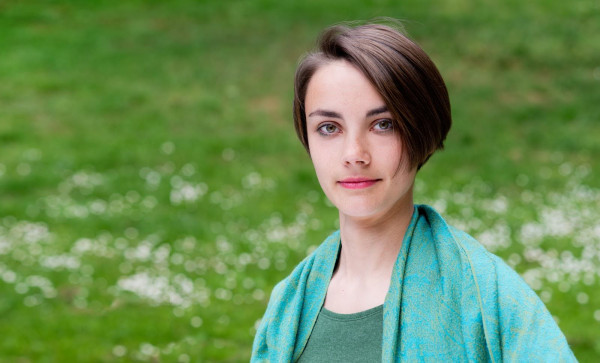
Lotte Korell is an experimental plant ecologist interested in how different global change drivers separately and interactively affect plant populations, communities and ecosystems. She is explicitly considering different factors that can modulate the effects of global change like spatial scale or the background abiotic and biotic conditions by using theory-driven ecological experiments and global synthesis of existing knowledge and data. In the future she aims to integrate experimental approaches that enable establishing causal links between global change drivers and ecological responses, and (macro)ecological data/modelling that covers larger spatiotemporal scales to develop more reliable predictions about changes in species distributions and ultimately better understand biodiversity change in the Anthropocene.
e-Science European Infrastructure for Biodiversity and Ecosystem Research
Visit websiteAbout
e-Science European Infrastructure for Biodiversity and Ecosystem Research (LifeWatch ERIC) is a European Research Infrastructure Consortium providing e-Science research facilities to scientists investigating biodiversity and ecosystem functions and services in order to support society in addressing key planetary challenges. It provides access to data, services, and tools for creating Virtual Research Environments (VREs), integrating data, software, and computation through advanced technologies like Big Data, AI, and Blockchain. This facilitates innovative data capture and supports informed decision-making for biodiversity and ecosystem management.
Members

Computer engineer, with a PhD in Information Engineering at the University of Salento, Lucia Vaira is the Service Centre ICT Coordinator at LifeWatch ERIC. She has collaborated for several years with the Database and Information Systems research group of the Department of Engineering for Innovation, University of Salento, Italy, where she worked on medical informatics, database modelling, data warehouses, and all aspects related to the main issues existing when dealing with data (security, quality, incompleteness, inconsistency, integrity, uncertainty, etc.). She is co-author of more than 40 publications and her research interests and activities include the definition of policies, procedures, models and technologies to be used in collecting, organising, storing and accessing (meta)data with particular attention to the harmonisation and interoperability challenges and the FAIR data management.
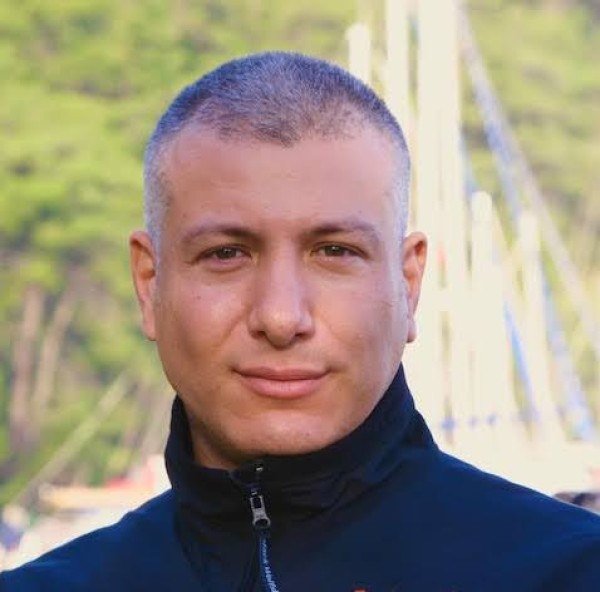
Ant Türkmen is Scientific Networking Officer at LifeWatch ERIC. He supports collaboration across biodiversity research communities and stakeholder networks. His work focuses on advancing e-Science services and interdisciplinary engagement.

PhD in Computer Science and Telecommunications Engineering, currently serving as Data e-Science, Blockchain and European Projects Officer (DLBO) at LifeWatch ERIC. He also holds a Master's in Executive Coaching from AECOP/EOI. He conducted part of his doctoral research at the Computer Science Department of Stanford University (California), deepening his expertise in advanced computing systems. With extensive experience across Spanish and European initiatives, his work focuses on the development and deployment of data management and telecommunications infrastructures, with particular emphasis on big data, artificial intelligence, blockchain, the semantic web, and research data curation.
Pensoft Publishers
Visit websiteAbout
Pensoft Publishers (PENSOFT) has been at the forefront of planning, managing, and executing dissemination and communication activities for a range of global, EU, and national research projects over the past two decades. Pensoft has built a strong track record in science communication in more than 60 initiatives funded under FP6, FP7, Horizon 2020, and Horizon Europe - as well as other EU and national funding institutions. Today, its Project department contributes to more than 35 Horizon Europe projects, taking the key role of dissemination, communication and exploitation work package leader. In addition to its strong expertise in science communication, Pensoft is an established open-access scientific publisher, renowned for its innovative journals and advanced publishing technologies that support the dissemination and semantic enrichment of research data and results.
Members
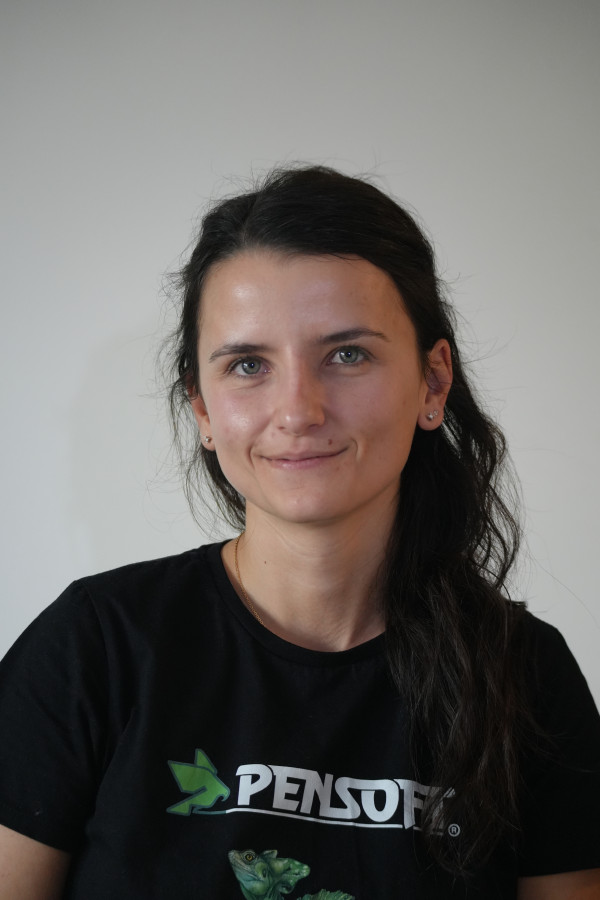
Nikol is a science communication expert at Pensoft, with a BSc in Modern languages, cultures and communication, as well as two MScs – in Communication and Information and in Digital Marketing and Communication. She manages the communication and dissemination activities of several European-funded projects. These projects focus on improving access to biodiversity data, better management of invasive alien species, supporting Natura 2000 site managers through enhanced biodiversity monitoring, and fostering a stronger research culture and reproducibility.

Stella is a science communication specialist at Pensoft, holding a Bachelor's degree in Publishing with a specialisation in Editing, and a Master's degree in Visual Communication.
The European Land Conservation Network
Visit websiteAbout
The European Land Conservation Network (Eurosite) is a unique organisation. We provide networking, capacity building, training, information, advocacy, and awareness-raising services for conservation practitioners all over Europe. Our members and partners are organisations and individuals working on and caring for land and nature conservation in governmental and civic society organisations within and outside the EU. They work across a broad range of topics and geographic levels but always with a keen interest in practical aspects of day-to-day natural site management, restoration, and conservation, as well as implementing nature conservation policies inside and outside protected areas.
Members
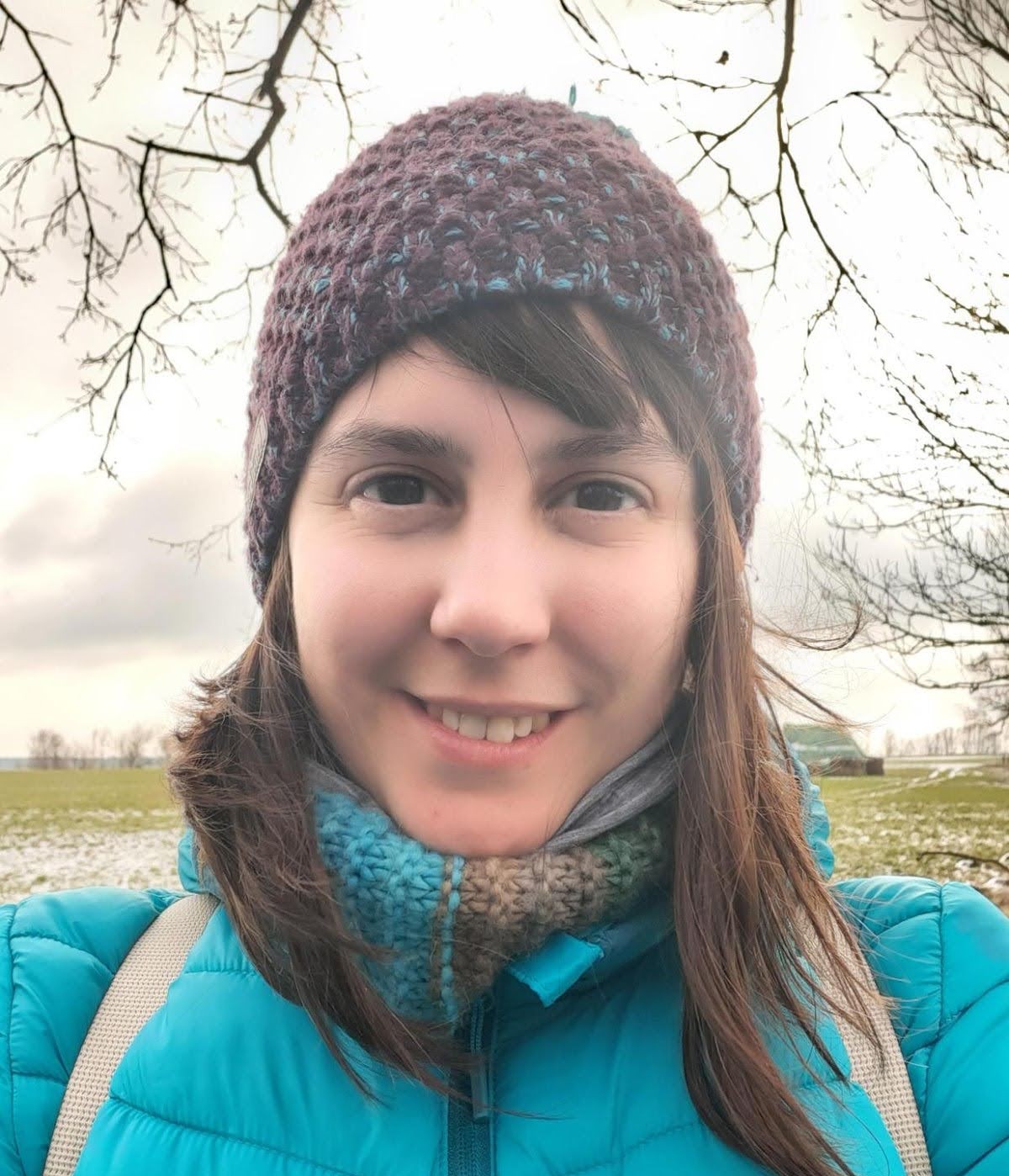
Marina is a biologist-ecologist from Zagreb (Croatia), with primary experience in flora, vegetation and habitats. Although she still regularly stops to admire and smell the flowers, she has since moved on to invasive alien species, ecosystems and services they provide us.
Communicative and approachable, she excels in developing and implementing various workshops – whether it is teaching plants and habitats to kids and young adults, sharing knowledge and experience on a certain subject or leading participatory stakeholder workshops.
Marina is curious and creative, and a firm believer in lifelong learning. She always finds time for some good old problem-solving, exploring the emerging concepts in nature conservation and trying out new hobbies.
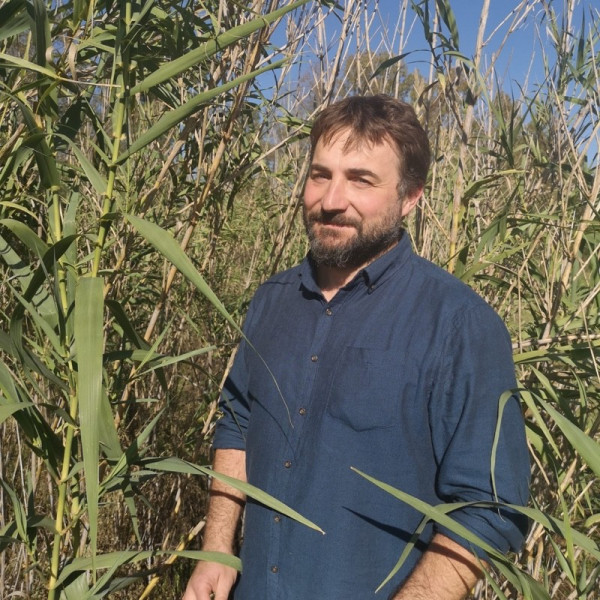
Wojciech is an experienced, highly qualified ecologist from Poland with 19 years of practical experience in nature conservation in various sectors. He has proven professional experience in several positions in very diverse multi-stakeholder projects: starting from field research technician, GIS technician and data analyst, independent researcher, head of the scientific department, large-scale project manager, national coordinator of natural habitats monitoring scheme, international expert and finally – independent ecological consultant and expert in nature conservation for WWF. At Eurosite, he fulfils the role of Project Officer.
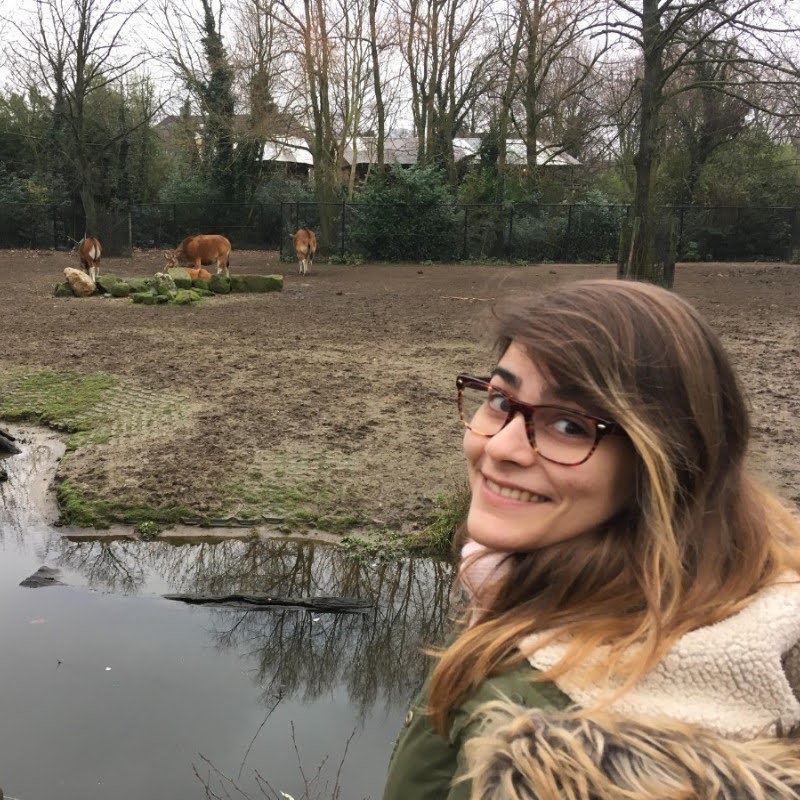
Mónica is a Behavioural Ecologist from Portugal with broad experience in the Environmental sector. She started out in several small grass-roots conservation NGOs in Portugal, South Africa, and Greece focusing on biodiversity monitoring, management planning, and addressing the human dimensions of human-wildlife coexistence. She settled in the Netherlands where she’s worked on projects in education innovation, monitoring urban wildlife, youth involvement, and has recently taken an interest in the funding of biodiversity action (and impact), mainly through the EU LIFE Programme. She is now working as a Project Officer at Eurosite on the implementation of several EU funded projects, facilitates the Nature Based Solutions Working Group, and represents Eurosite in several EU fora.
University of Tartu
Visit websiteAbout
The University of Tartu (UTARTU) is a highly respected public research university located in Tartu, Estonia, with departments across all major cities in Estonia. It ranks in the top 350 of the world's universities, making it one of the best universities in Northern Europe. The University of Tartu has a total of 14,800 students, out of which 1,600 come from 103 different countries.
Members
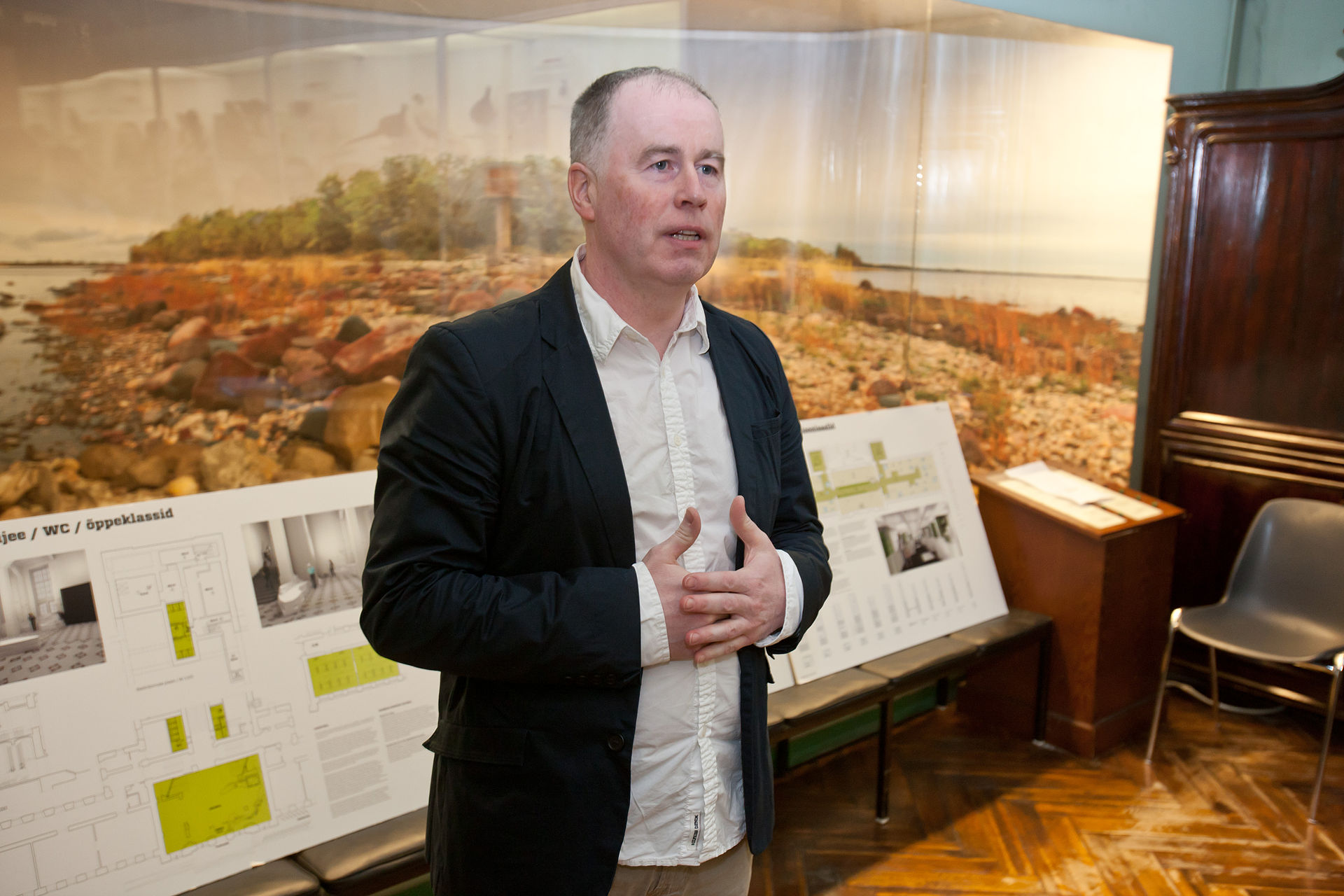
Urmas Kõljalg is an Estonian biologist , professor at the University of Tartu and director of the University of Tartu Museum of Natural History.
Photo credit: Andres Tennus/University of Tartu – University of Tartu
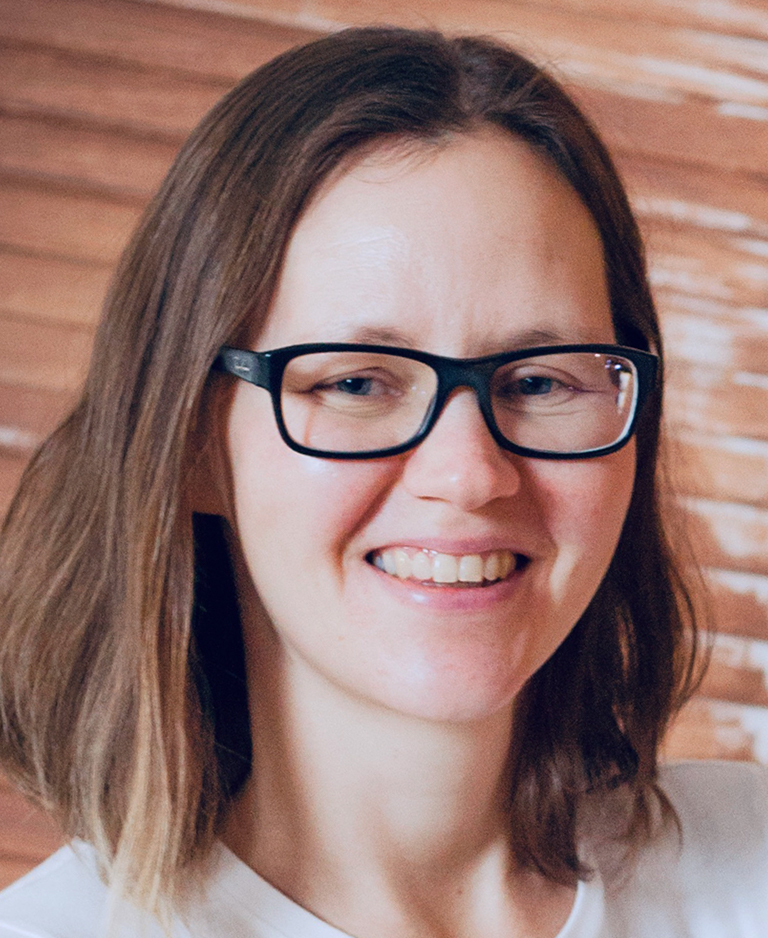
Kessy Abarenkov is an Associate Professor of Biodiversity Informatics at the University of Tartu Natural History Museum. She specialises in biodiversity informatics, database and system development for biological data, and the development of tools that support the use and communication of DNA barcodes for species identification. She has over 15 years of experience in developing platforms for biological data management and analysis, including workflows and tools for managing and analysing environmental DNA (eDNA) data.

Filipp Ivanov is a Full Stack and AI Developer in the Biodiversity Informatics Workgroup at the University of Tartu Natural History Museum, with over a decade of experience. He specialises in developing advanced software solutions, with expertise in both front-end and back-end development, as well as in AI-powered tools, particularly within biodiversity-related projects.
Stichting Catalogue of Life
Visit websiteAbout
Catalogue of Life (COL) is a collaboration bringing together the efforts and contributions of taxonomists and informaticians from around the world. COL aims to address the needs of researchers, policy-makers, environmental managers and the wider public for a consistent and up-to-date listing of all the world’s known species. COL also supports those who need to manage their own taxonomic information and species lists.
The International Hellenic University
Visit websiteAbout
The International Hellenic University (IHU), established in October 2005, is a public institution located in Thessaloniki, Greece. Pioneering as the country's first public university offering programmes exclusively in English. IHU initially consisted of three schools with 24 master's programmes. In 2019, the university underwent a restructuring, incorporating three Technological Educational Institutes (TEIs) from Northern Greece, expanding to nine schools and 33 departments across multiple campuses in cities such as Katerini, Kilkis, and Serres. The School of Science and Technology that is involved in the project specialises in Data Analytics, in the application of Machine Learning methods, and in Applied Bioinformatics.
Members
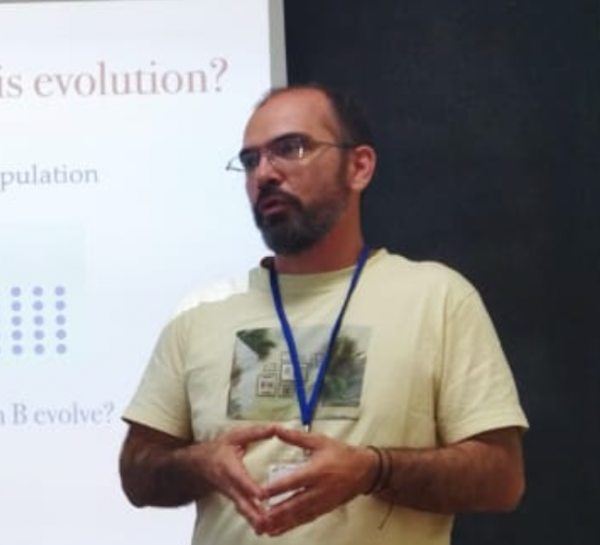
Spiros Papakostas is an Assistant Professor of Microbial and Molecular Ecology, specialising in the application of bioinformatic methods to address a wide range of biological questions, from molecular systematics and biodiversity to systems biology and ecosystem functioning. He has over 20 years of experience in molecular biology, genomics, and computational analysis, with a strong track record of interdisciplinary research, international collaborations, and contributions to large-scale biodiversity and environmental monitoring initiatives.
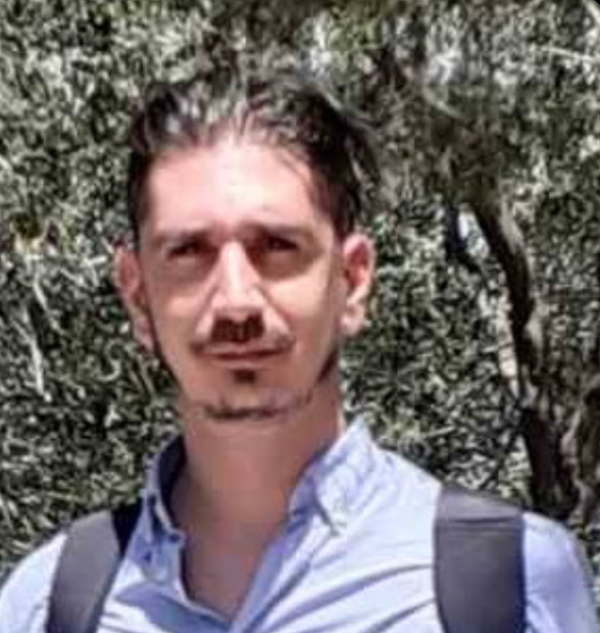
Ioannis Kavakiotis is a postdoctoral research associate at the School of Science and Technology, IHU. His research focuses on the development and application of Machine Learning and Data Mining methods tailored for biological and biomedical data, with particular interest in predictive modelling, pattern recognition, and integrative analysis of heterogeneous datasets. He has contributed to several EU- and nationally funded (Greek) projects, collaborating with interdisciplinary teams to address challenges in health informatics, bioinformatics, and computational biology.
The Senckenberg Nature Research Society
Visit websiteAbout
The Senckenberg – Leibniz Institution for Biodiversity and Earth System Research (SGN) was founded in 1817 by local citizens in Frankfurt under the name Senckenbergische Naturforschende Gesellschaft, which translates as Senckenberg Society of Nature Research. Today, it is one of the most important research institutions in the field of biodiversity and, with the Frankfurt House, one of the largest natural history museums in Europe. The SGN is the supporting body for seven research institutes and three natural history museums, with nearly 900 employees, including over 300 scientists. The museums are located in Frankfurt, Görlitz, and Dresden.
Members
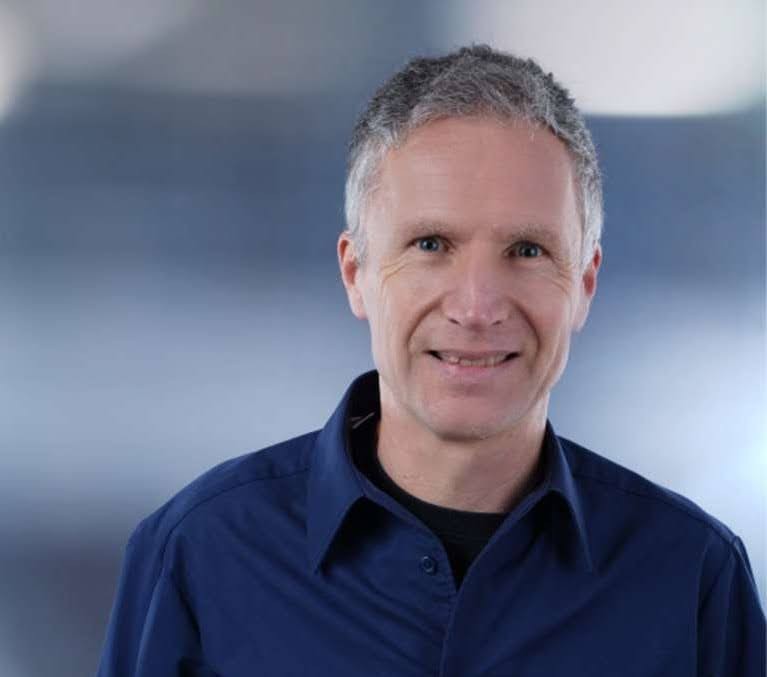
Peter Haase is a Professor at the University of Duisburg-Essen and Head of Department at Senckenberg Research Institute and Natural History Museum Frankfurt. He has over 25 years of experience in ecological long-term monitoring and Nature Conservation Research. His research has focused on biodiversity dynamics and ecology of macroinvertebrates in European flowing waters.
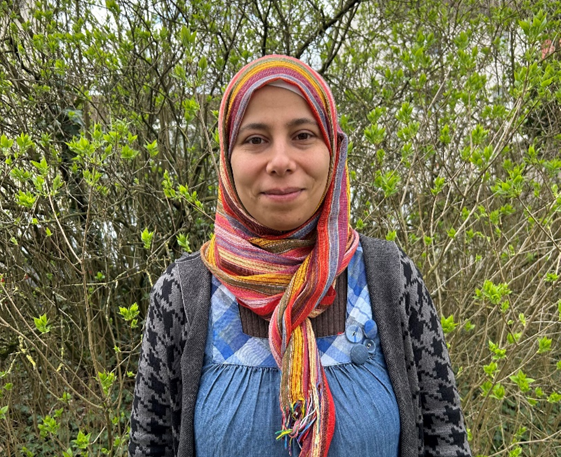
Reham El-Barougy is an ecologist with a PhD in Applied Ecology, Eco-phylogeny and Invasion. She has a background in database modelling and species distribution models at global scale. Her work has recently focused on plant diversity patterns under climate change scenarios.
The Environment Agency Austria
Visit websiteAbout
The Environment Agency Austria (EAA) was established in 1985 and is the leading environmental expert organisation in Austria and one of Europe´s leading environmental consultants. We stand for a transformation of the economy and society to ensure sustainable living. Our experts provide the basis for decision-making at local, regional, national, European and international level. We are committed to transparency and impartiality in our work and engage in dialogue with politics, administration, business, science and civil society. EAA is involved in the establishment of the European eLTER RI and the formation of the national eLTER Research Infrastructure, dealing with long-term observation and development of the underlying cyberinfrastructure enabling FAIR access to data. It also coordinates the Austrian biodiversity monitoring for agricultural ecosystems and national data flows for the Habitat Directive.
Members
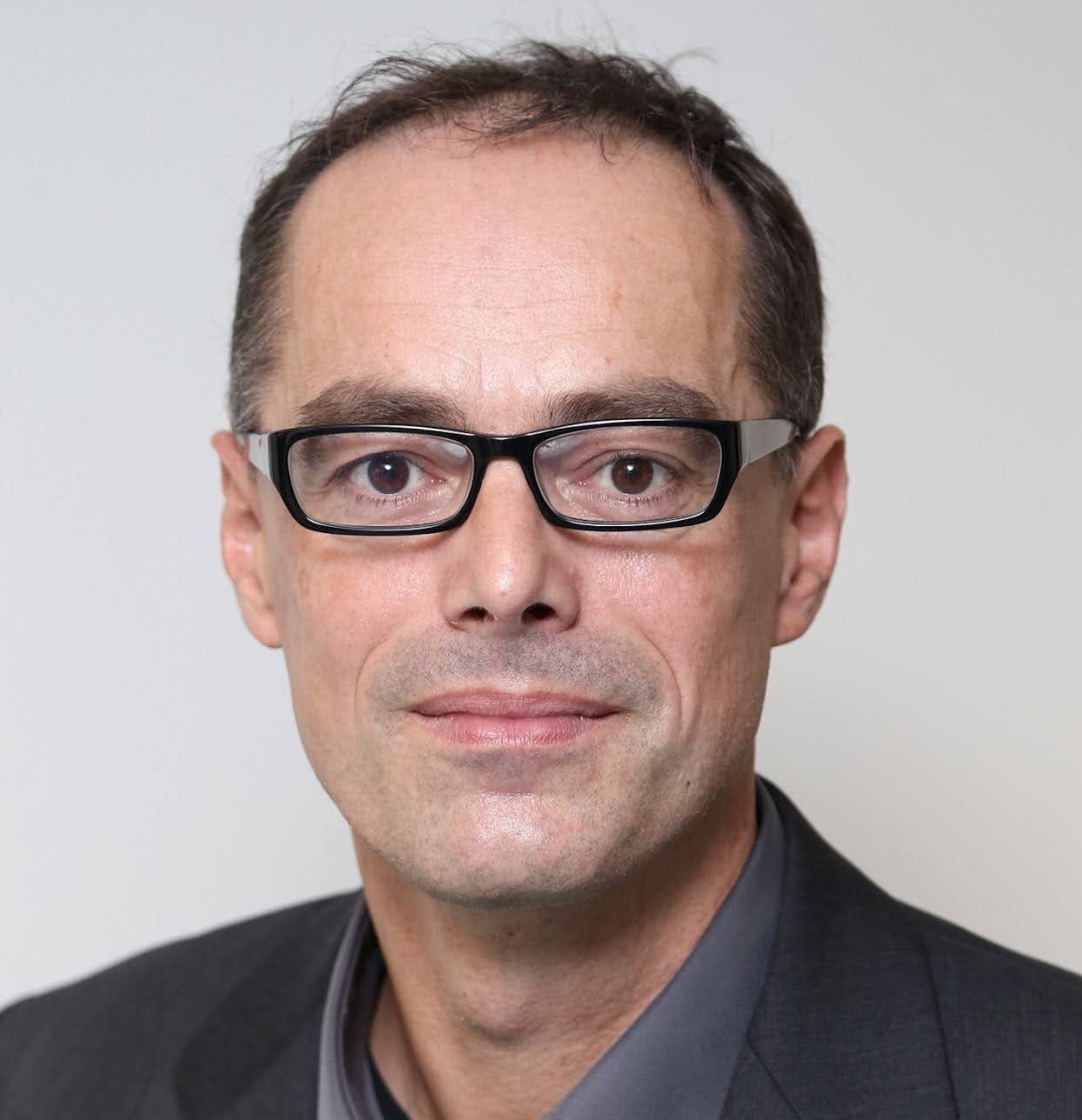
Johannes Peterseil is leading the team on Ecosystem Research and Environmental Information dealing with the long-term observations in mountain forests and supporting environmental data provision on national scale. He holds a PhD in ecology from the University of Vienna with special focus on landscape ecology. His main focus currently is on the FAIR provision of long-term observation data on European and national scale. He is involved in a number of European scale projects dealing with the implementation of the eLTER RI and the underlying cyberinfrastructure.
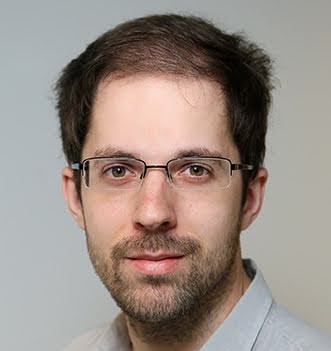
Christoph Wohner (Applied Geoinformatics, University of Salzburg) is a member of the Ecosystem Research and Environmental Information team. He has been working at the German Federal Environment Agency (UBA) as an IT developer in the department since 2015. He has contributed to several research projects implementing information technologies in the field of long-term ecological research (e.g., eLTER (H2020), ECOPOTENTIAL (H2020), eLTER PLUS (H2020), eLTER PPP (H2020)) as well as in the field of data infrastructures (e.g., ENVRI (FP7), EUDAT (FP7), EUDAT2000 (H2020), ENVRI-FAIR (H2020), e-Shape (H2020)) and Digital Twin for Biodiversity (BioDT). He is a member of the information management teams of LTER Europe and ILTER and is the system architect and developer of DEIMS-SDR.
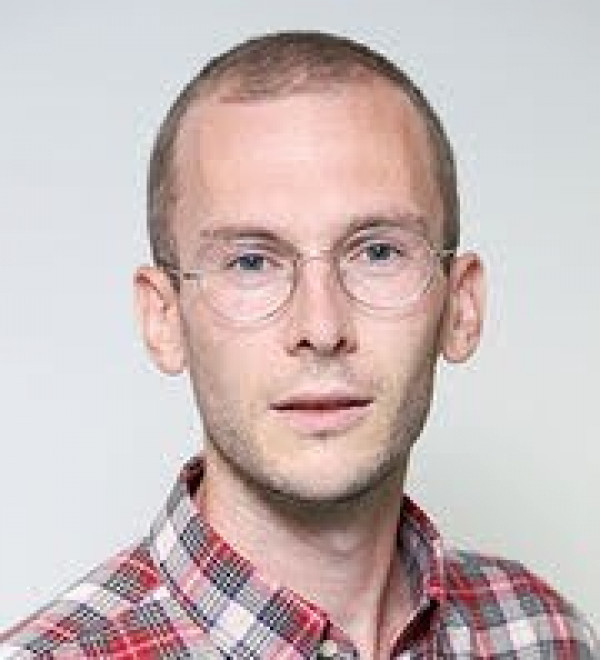
Sebastian Niedhas been working at the Environment Agency Austria since 2024 and has previously studied Mathematics in Business and Economy (M.Sc., Mannheim), Geography (B.Sc., Göttingen), and Ecology & Biodiversity (M.Sc., Innsbruck). He is a member of the team Ecosystem Research and Environmental Information and is responsible for the long-term ecosystem monitoring and ecology at the long-term monitoring site Zöbelboden. His focus is on the statistical evaluation and provision of ecosystem data.
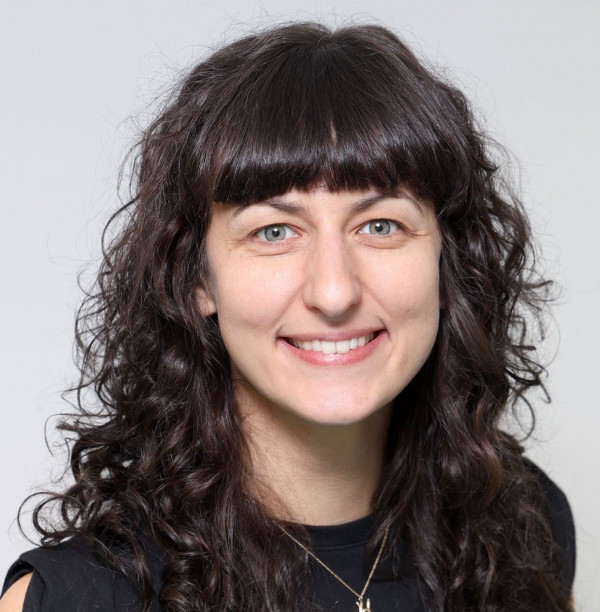
Lisa Reiss is an ecologist with a focus on insect monitoring and plant-arthropod interactions. She has a background in biogeography and is proficient in collecting and processing biotic data using both traditional methods and eDNA metabarcoding. Her areas of expertise further include science communication and teaching, as well as project management and administration of conservation projects. Since July 2025, she has been working as an environmental expert at the Environmental Agency Austria.

Ivo Offenthaler, Mag. Dr., studied plant physiology and forest ecology at the University of Vienna, the University of Groningen, and the University of Natural Resources and Life Sciences, Vienna. Since 2001, he has worked for the Environment Agency Austria, focusing on the topics of forest ecology, environmental and human biomonitoring, chemical control, or climate change adaptation. His methodological focus is on data analysis, statistics, and visualisation.
The National Research Council
Visit websiteAbout
The National Research Council (CNR) is a national public research body with multidisciplinary expertise, supervised by the Ministry of University and Research (MUR). Founded in 1923, its task is to carry out scientific research projects in the main sectors of knowledge and to apply the results for the development of the country, promoting innovation, the internationalisation of the "research system" and fostering the competitiveness of the industrial system. CNR is involved in the establishment of the European eLTER RI and it coordinates at the national level the Joint Research Unit eLTER-IT. Two of its institutes are involved in the project: the Institute for Electromagnetic Sensing of the Environment (IREA) and the Institute of Marine Sciences (ISMAR), both bringing expertise in data FAIRness and the automated observation of biodiversity across different ecosystems.
Members
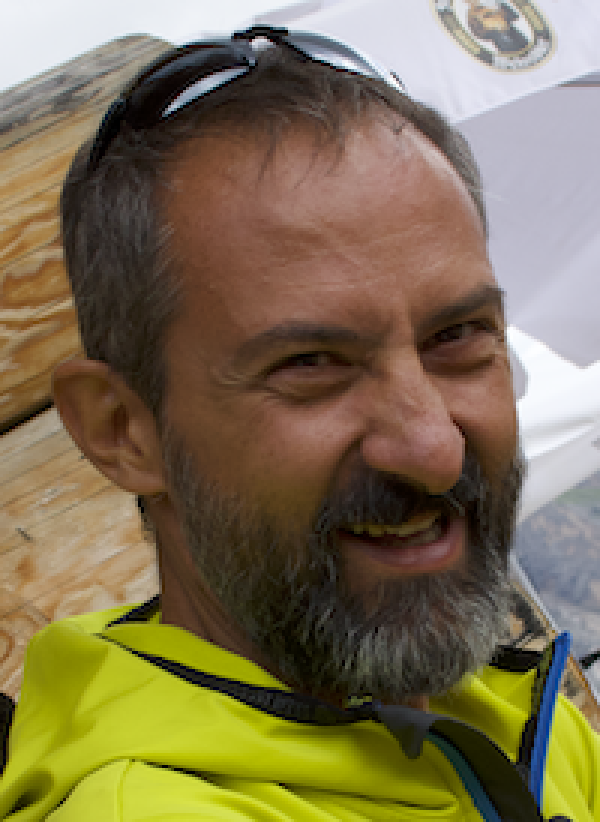
Alessandro Oggioni is a researcher at the CNR - Institute for Electromagnetic Sensing of the Environment (CNR - IREA) in Milan. After a PhD in ecology focused on studying the temporal evolution of phytoplankton phenology, he continued his scientific work by curating long-term data series on biodiversity and ecology, particularly within the emerging Research Infrastructure dedicated to Long-Term Ecological Research, eLTER-RI. His research topics include semantics and Linked Open Data (LOD), FAIRness, and reproducible science especially proposing and developing R packages and Shiny applications. He is actively involved in data management, including aspects related to Citizen Science, and is a founding member and member of the Board of Directors of the Italian Citizen Science Association (CSI ETS).
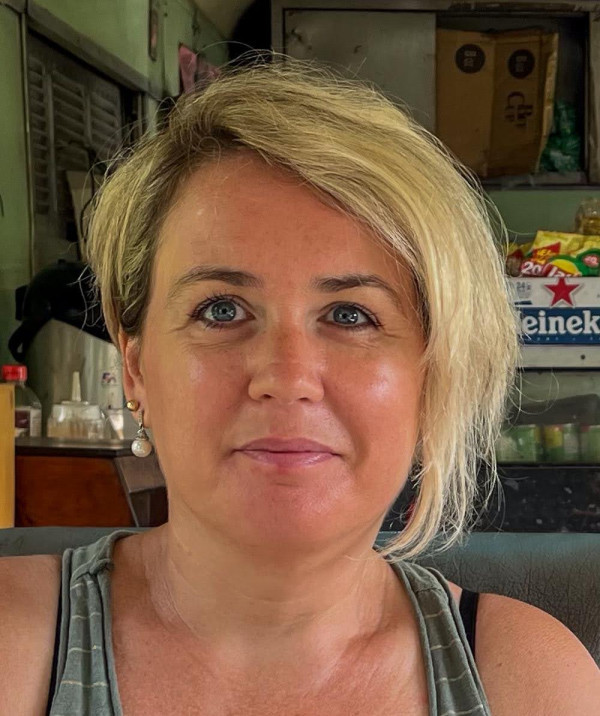
Caterina Bergami is a researcher at the Institute of Marine Science (ISMAR) with a PhD in Earth Science and a Master's degree in Environmental Marine Sciences. Her research background focuses on micropaleontology and the biogeochemistry of foraminifera, with applications in paleoceanographic reconstructions. Her current work spans three main areas: (i) implementation and management of marine ecological observatories (ii) data management and semantic interoperability within eLTER-RI, and (iii) public engagement and open science. She coordinated the scientific secretariat and the Communication Working Group of LTER-Italy and she is now part of the National Coordination Committee of the Italian Joint Research Unit eLTER-IT. She is a founding member and member of the Board of Directors of the Italian Citizen Science Association (CSI ETS).
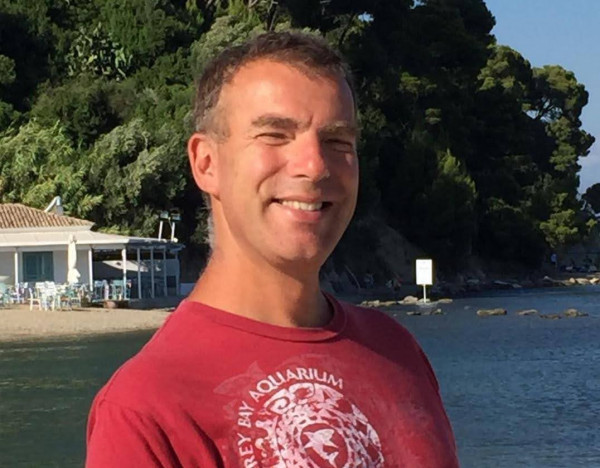
Mauro Bastianini is a senior technologist at the Institute of Marine Science (ISMAR), PhD in Marine Sciences (2006) at Università Politecnica delle Marche (Ancona, Italy). He has done research work for more than 25 years in biological oceanography of pelagic, coastal and lagoon environments. His research interests currently are the phenology of phytoplankton communities. In recent years, he has been coordinating research activities in the oceanographic tower “Aqua Alta”.
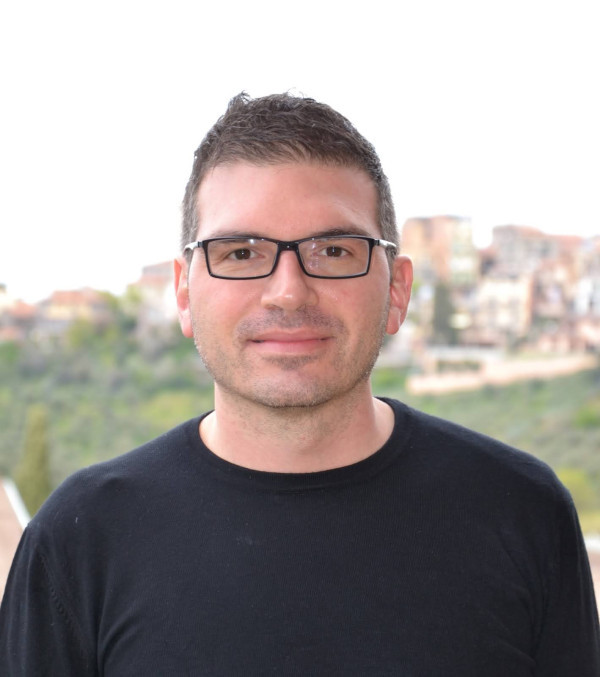
Emanuele Organelli is a biological oceanographer with expertise in the application of marine optics to the study of the ocean carbon cycle, awarded by the international Ocean Optics community in 2018. His main research activities focus on studying phytoplankton diversity, particle composition and dissolved organic matter dynamics from in situ and space-based measurements, from regional to global scales at seasonal and interannual timescales. He applies multi-platform observational approaches, including ocean colour satellite and in situ measurements from oceanographic cruises, fixed mooring buoys, and autonomous robotic Biogeochemical-Argo floats. He is strongly involved in the implementation of the global BGC-Argo array, as well as in the development and validation of quality control protocols for the acquired bio-optical variables.
SIB Swiss Institute of Bioinformatics
Visit websiteAbout
Swiss Institute of Bioinformatics (SIB) is a leading non-profit organisation dedicated to biological and biomedical data science that federates 88 research and service groups across 28 Swiss institutions. SIB provides essential databases, software platforms, and bioinformatics services to academic, clinical, and industrial partners, supporting fields such as genomics, proteomics, and systems biology. It maximises the impact of and investments in scientific projects by making data FAIR (Findable, Accessible, Interoperable and Reusable), provides long-term access to leading Swiss biodata resources, and is a high-quality national and international partner, enabling innovation in academia, hospitals, and industry.
Members

Robert Waterhouse is the Director of the Environmental Bioinformatics Group at the SIB Swiss Institute of Bioinformatics. His research has focused on comparative evolutionary genomics of arthropod biodiversity, with the group’s activities directed towards building capacities in coordinating biodata resources and developing data science tools and services that contribute to planetary preservation and restoration.
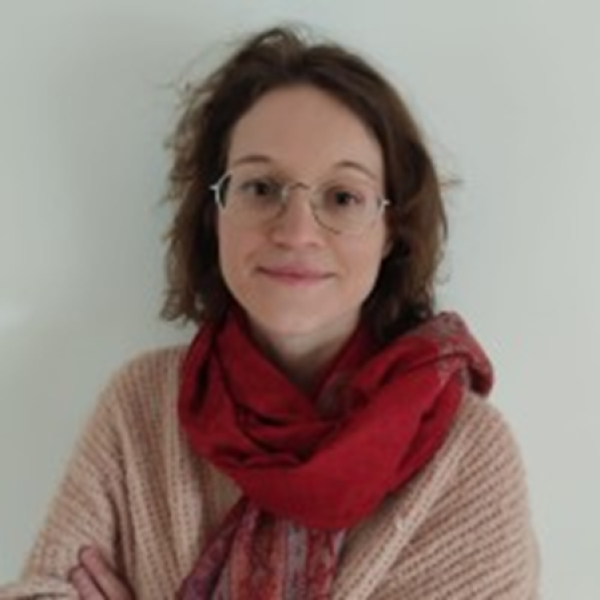
Chiara Bortoluzzi is the Data Manager of the Environmental Bioinformatics Group at the SIB Swiss Institute of Bioinformatics. She is a computational biologist with a strong background in applying next-generation sequencing technologies to biodiversity conservation.
Chiara holds a Ph.D. in Animal Breeding and Genomics from Wageningen University in the Netherlands and has pursued two postdoctoral appointments, one at the University of Cambridge (UK) and another at ETH Zürich (Switzerland).
She currently serves as Data Manager for two EU-funded projects, Biodiversity Meets Data (BMD) and Biodiversity Genomics Europe (BGE), contributing her expertise in data management and genomic analysis to support large-scale biodiversity research initiatives.
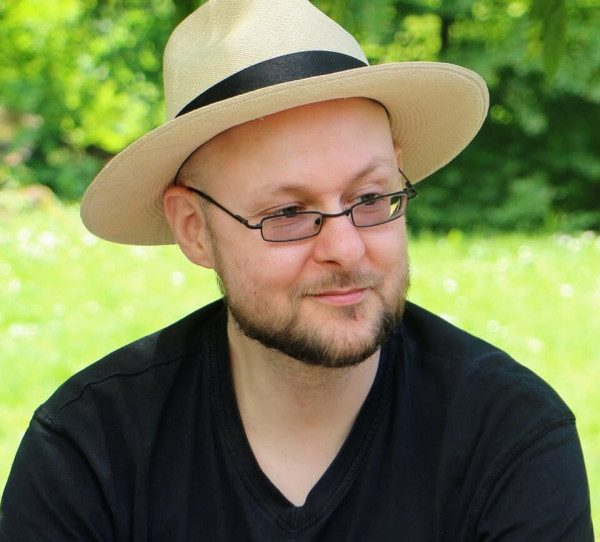
Olivier Martin is a full-stack software developer within the Vital-IT group at the Swiss Institute of Bioinformatics. He holds a Master's degree in Biology as well as a Master's degree in Bioinformatics. His professional experience encompasses a broad range of research projects, both short- and long-term in scope, involving human and non-human subjects.
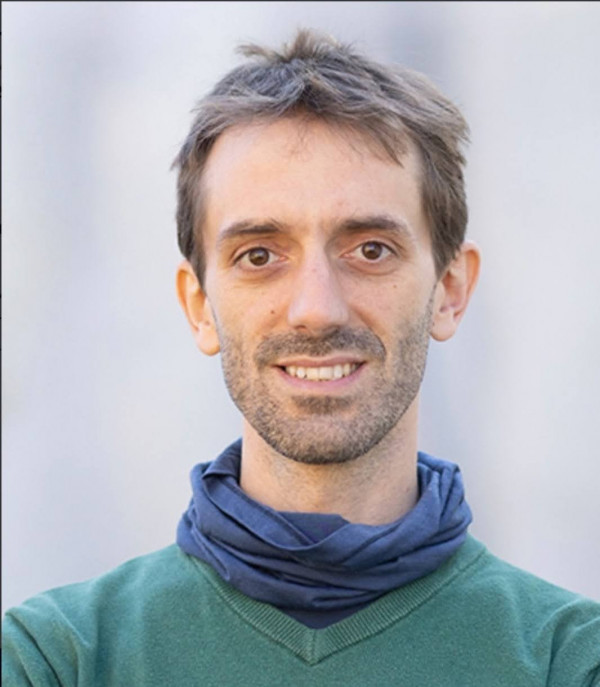
Daniele Silvestro is a computational biologist at ETH Zurich. His research focuses on the development of new models and software with applications in evolutionary biology and conservation of biodiversity. Most recently, he has developed new methods powered by artificial intelligence to optimise spatial planning in conservation and restoration programs, focusing on the protection of biodiversity and the potential benefits for climate through carbon sequestration.
GBIF | Global Biodiversity Information Facility
Visit websiteAbout
GBIF—the Global Biodiversity Information Facility—is an international network and data infrastructure funded by the world's governments and aimed at providing anyone, anywhere, open access to data about all types of life on Earth.
Coordinated through its Secretariat in Copenhagen, the GBIF network of participating countries and organisations, working through the participant nodes, provides data-holding institutions around the world with common standards, best practices and open-source tools enabling them to share information about where and when species have been recorded. This knowledge derives from many different kinds of sources, including everything from museum specimens collected in the 18th and 19th centuries to DNA barcodes and smartphone photos recorded in recent days and weeks.
Members

Tim Robertson has been involved in designing and operating the open data infrastructure of GBIF.org for nearly 20 years. He has been involved in data standards work – notably the Darwin Core – data repository software, and the large-scale integration of species occurrence data and systems providing open access.
He currently leads the GBIF informatics work programme and serves as the Deputy Director.
Interest in BMD: I'm particularly interested in data integration challenges arising from modern approaches to biodiversity monitoring.
European Environment Agency
Visit websiteAbout
The European Environment Agency (EEA) is the agency of the European Union (EU) which provides independent information on the environment in climate policy, biodiversity conservation and other environmental goals set by countries.
Members

Mette Lund works with biodiversity data flows and integration at the European Environment Agency, with a focus on Natura 2000, the EU nature directives, nationally protected areas, and habitats and species of European concern. Her role involves managing the EUNIS database and contributing to the communication of biodiversity data products through the European Biodiversity Information System (BISE). She is a biologist by training, with a background in cross-taxon congruence patterns and site selection algorithms.
Interest in BMD: I am particularly interested in the Biodiversity Meets Data project due to its emphasis on mobilising data on species and habitat types, and on ensuring the traceability of historical taxonomic and typological concepts. This work is essential to inform and guide our ongoing efforts to protect and restore natural areas for the future.
EMODnet Biology
Visit websiteAbout
EMODnet biology is a thematic group of EMODnet providing free access to data on temporal and spatial distribution of marine species and species traits from all European regional seas. It is built upon the World Register of Marine Species and the European Ocean Biogeographic Information System. EMODnet Biology aims to provide a single access point to European marine biodiversity data and products by assembling individual datasets from various sources and processing them into interoperable data products for assessing the environmental state of ecosystems and sea basins.
Members

Joana Beja is a senior scientific data officer at the Flanders Marine Institute Data Centre, working with EMODnet as Biology coordinator and part of the Central Portal Technical team. With over 20 years in physical oceanography data management, she has coordinated national projects and contributed to international initiatives. Since 2019, her expertise has expanded to marine biology, including involvement in SOOS, OBIS/EurOBIS, and the USV for GOOS network. At VLIZ, Joana supports EMODnet Ingestion, Physics, and Seabed Habitats, linking these projects with the broader team. She has extensive field experience, participating in research cruises across the North Atlantic, Arctic, and Southern Ocean.
Interest in BMD: The invitation to join the BMD EEAB is very timely as it allows us to reinforce the connections we already had with wider biodiversity community and ensure that efforts are coordinated across the various initiatives. My contribution to the project will rely on the knowledge and expertise acquired as the coordinator for EMODnet Biology, the EU service for marine biodiversity in situ data.
Knowledge Centre for Biodiversity
Visit websiteAbout
The Knowledge Centre for Biodiversity supports EU policymaking by enhancing and sharing biodiversity knowledge, developing tools for the EU Biodiversity Strategy, synthesising evidence for policy needs, and facilitating cooperation across sectors and countries, including supporting the global biodiversity framework.
Members

Giovanni Strona is a senior researcher at the European Commission's Joint Research Centre, where he works at the interface of ecology, computer science, and physics. Before taking on his current role, he was an associate professor of ecological data science at the University of Helsinki. He has published more than one hundred papers on macroecology and biodiversity, introducing new theories and methods. In recent years, his research has focused on advancing our understanding of the role of ecological interactions in the ongoing mass extinction, with a particular emphasis on quantifying the relative impact of co-extinctions on global biodiversity loss.
Interest in BMD: Because much of my work relies on biodiversity data, I am deeply interested in initiatives, such as BMD, that aim to make information more organised and accessible.
